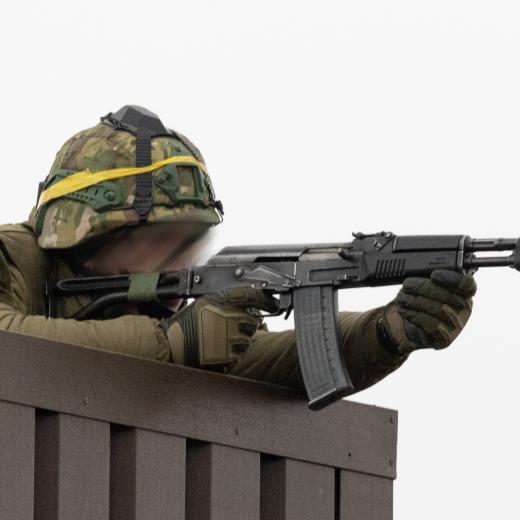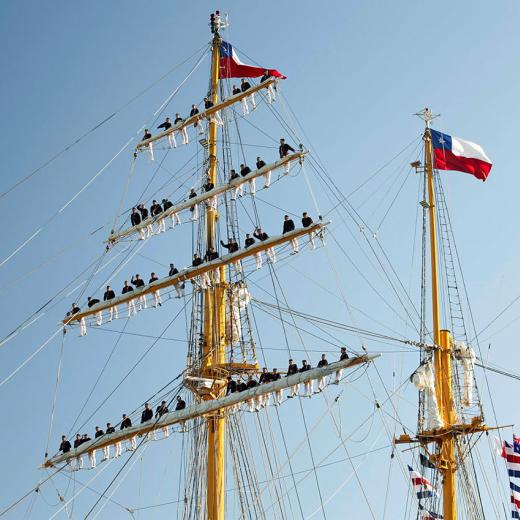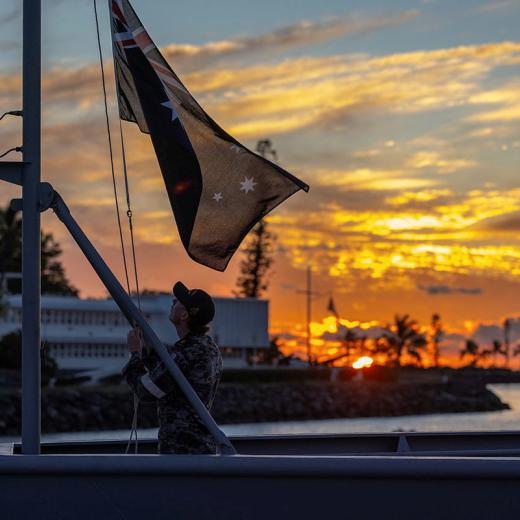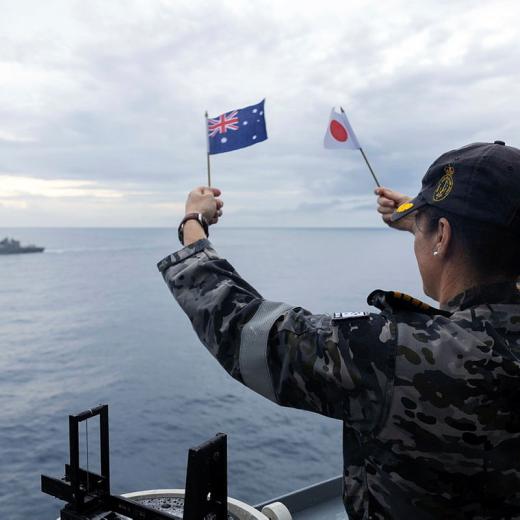BLUF
In early 1940 the Spitfire appeared to be no match for the German Messerschmitt Bf-109 during aerial combat; however, switching the Spitfire's variable speed propellor to a constant speed propellor—dramatically improved the Spitfire's performance and more than made it a match for the Bf-109.Summary
This article makes the following points:
- The RAF asked De Havilland if the two-pitch propellers on the RAF Spitfires could be converted to constant-speed operation. De Havilland's response was, 'Yes'.
- A constant-speed propeller was a superior alternative as the pitch can be adjusted to match engine RPM, optimising the thrust for any condition in flight.
- The company modified one Spitfire in four days.
- The modified Spitfire had a shorter take-off run, was much faster in climb, and its maximum altitude increased by 7,000 feet to a service ceiling of 34,400 feet (10,500 m).
- On 22 June, Lord Beaverbrook instructed de Havilland to convert all the Spitfires, Hurricanes and Defiants.
- On 24 June, de Havilland sent engineering parties to 12 Spitfire stations.
- By 16 August, every Spitfire and Hurricane had been converted to constant-speed propellers, over 1,000 aircraft, just in time when an edge in altitude, speed or climb could make all the difference.
- Author: Martin Waligorski is a writer and editor for The Spitfire Site web page.





